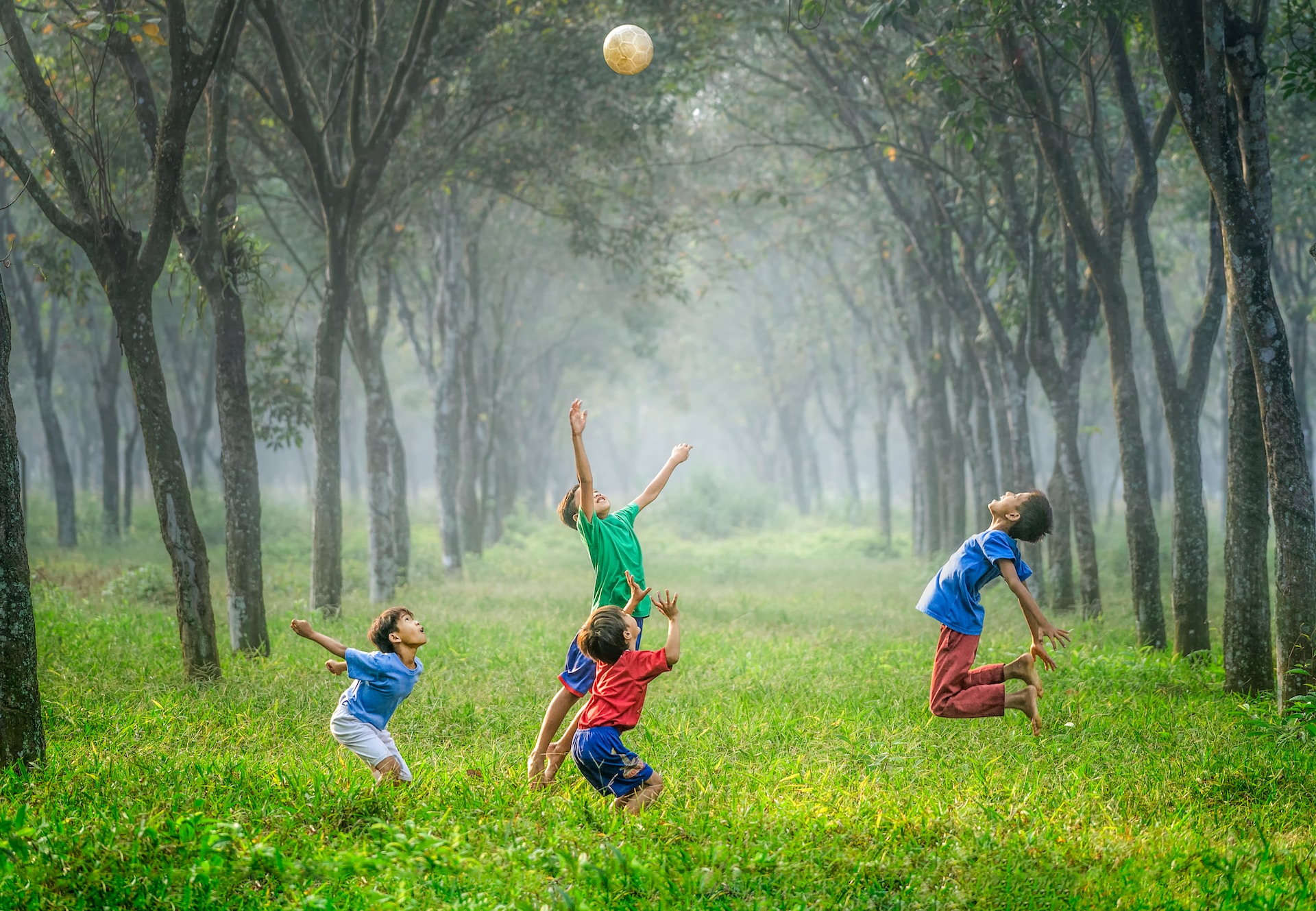Effects of Limited Nature Access and Benefits of Nature Therapy
The modern lifestyle often infringes on our children’s capacity to connect with nature, leaving them feeling overwhelmed, stressed, and even resulting in myriad physical and emotional health challenges. The implications of such disconnect can be severe, and it’s alarming that our young gets deprived of such an integral facet of well-being. In this context, research gently nudges us to the serene pathway of nature therapy for children.
Nature therapy, or ecotherapy, steers children towards multiple health benefits, including immune enhancement, deeper self-awareness, and a significant boost in self-confidence. It’s biophilia at its core, integrating outdoor activities into children’s therapy to plant the seeds of vitality and peace. Thus, having regular access to the natural world can be a transformative element in a child’s path towards healing and wholesome growth.
Nature-Based Therapy: A Practical Approach
Transitioning to the path of nature-based therapy isn’t a blind leap but a well-guided journey. Offering abundant practical advice and therapeutic models, the book – Nature-Based Therapy: A Practitioner’s Guide to Working Outdoors with Children, Youth, and Families – serves as an effective manual, especially for therapists and other professionals. It provides a blueprint for integrating nature into the therapeutic process, amplifying the healing and rehabilitation potential in children. The book offers a rich trove of insights that can help make nature therapy an everyday reality for kids.
The Neurological Impact of Outdoor Exposure
A closer look at our children’s interaction with nature also casts light on their neurological status. According to a compelling piece on counseling and brain science, outdoor exposure significantly influences a child’s physiological state. It triggers an increase in serotonin, known as the ‘happy chemical,’ and promotes stress reduction. This beautiful dance of neurochemicals ushers in a calm and alert state, enabling children to flourish both physically and mentally. Indeed, nature therapy is a functional bridge where behavioral neuroscience meets environmental psychology.
Nature-Informed Therapy Strategies
The preceding sections affirm that nature-based approaches can be a lynchpin for children’s therapy, spotlighting the urgent need for creativity and strategy. Notably, the creation of nature-based multisensory spaces can be a pivotal tool. Green, multisensory experiences help children articulate their emotions. Therapists can ingeniously integrate outdoor activities into counseling practices, using natural settings as catalysts for healing. Nature becomes the third participant in therapy, augmenting its therapeutic effects and bolstering the children’s connect with the ecosystems around them.
Case Studies and Success Stories
To understand better the healing properties of nature therapy for children, we must cast an eye over some real-world anecdotes and case studies. These success stories bring to life the approaches and strategies basked in the preceding sections. They demonstrate how individual children overcome emotional and physical challenges, and how families feel the ripple effects of nature therapy. They confirm how the strategies in the book we previously mentioned, are successfully incorporated into therapy and life routines. Nature therapy, through these authentic narratives, surfaces not just as a hopeful strategy but as a transformative reality.



